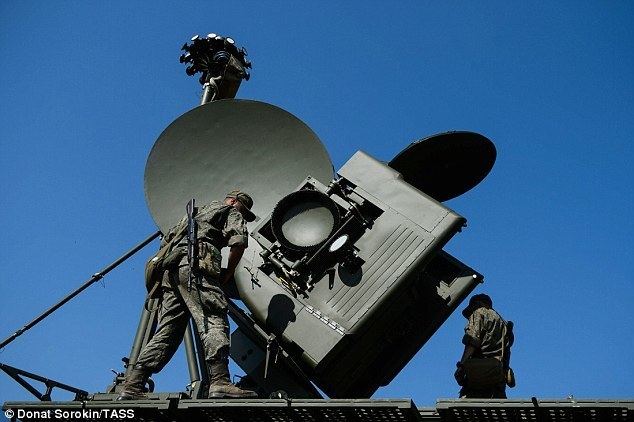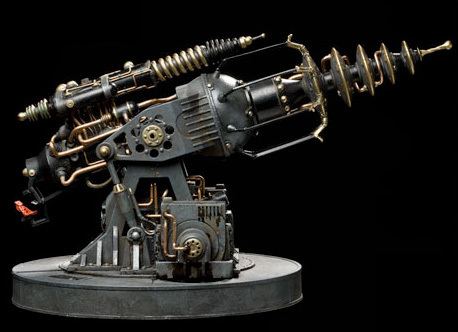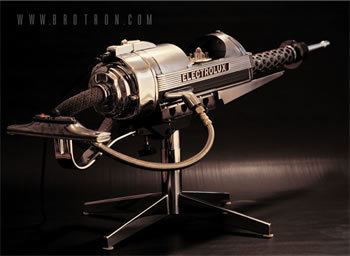 | ||
Nkola tesla death ray particle beam weapon new 2016
The death ray or death beam was a theoretical particle beam or electromagnetic weapon of the 1920s through the 1930s that was claimed to have been invented independently by Guglielmo Marconi, Nikola Tesla, Harry Grindell Matthews, Edwin R. Scott, and Graichen, as well as others. In 1957, the National Inventors Council was still issuing lists of needed military inventions that included a death ray.
Contents
- Nkola tesla death ray particle beam weapon new 2016
- Solar death ray power of 5000 suns
- History
- In science fiction
- In popular culture
- References

While based in fiction, research into energy-based weapons inspired by past speculation has contributed to real-life weapons in use by modern militaries sometimes called a sort of "death ray", such as the United States Navy and its Laser Weapon System (LaWS) deployed in mid-2014. Such armaments are technically known as directed-energy weapons.

Solar death ray power of 5000 suns
History

In the year 1923, Edwin R. Scott, an inventor from San Francisco, claimed he was the first to develop a death ray that would destroy human life and bring down planes at a distance. He was born in Detroit, and he claimed he worked for nine years as a student and protégé of Charles P. Steinmetz. Harry Grindell-Matthews tried to sell what he reported to be a death ray to the British Air Ministry in 1924. He was never able to show a functioning model or demonstrate it to the military.
Nikola Tesla claimed to have invented a "death beam" which he called teleforce in the 1930s and continued the claims up until his death. Tesla explained that "this invention of mine does not contemplate the use of any so-called 'death rays'. Rays are not applicable because they cannot be produced in requisite quantities and diminish rapidly in intensity with distance. All the energy of New York City (approximately two million horsepower) transformed into rays and projected twenty miles, could not kill a human being, because, according to a well known law of physics, it would disperse to such an extent as to be ineffectual. My apparatus projects particles which may be relatively large or of microscopic dimensions, enabling us to convey to a small area at a great distance trillions of times more energy than is possible with rays of any kind. Many thousands of horsepower can thus be transmitted by a stream thinner than a hair, so that nothing can resist."
Tesla proposed that a nation could "destroy anything approaching within 200 miles ... [and] will provide a wall of power" in order to "make any country, large or small, impregnable against armies, airplanes, and other means for attack".
Antonio Longoria in 1934 claimed to have a death ray that could kill pigeons from four miles away and could kill a mouse enclosed in a "thick walled metal chamber".
During World War II, the Germans had at least two projects, and the Japanese one, to create so called death rays. One German project led by a man called Schiebold concerned a particle accelerator with a steerable bundle of beryllium rods running through the vertical axis. The other was developed by Dr Rolf Wideroe and is referred to in his biography. The machine developed by Wideroe was in the Dresden Plasma Physics laboratory in February 1945 when the city was bombed. Wideroe led a team in March 1945 to remove the device from the ruined laboratory and deliver it to General Patton's 3rd Army at Burggrub where it was taken into US custody on 14 April 1945. The Japanese weapon was called Death ray "Ku-Go" which aimed to employ microwaves created in a large magnetron.
In science fiction
Although the concept of a death ray was never put into action, it fueled science fiction stories and led to the science fiction concept of the handheld raygun used by fictional characters such as Flash Gordon. In Alfred Noyes' 1940 novel The Last Man (US title: No Other Man), a death ray developed by a German scientist named Mardok is unleashed in a global war and almost wipes out the human race. Similar weapons are found in George Lucas' science fiction saga Star Wars.
